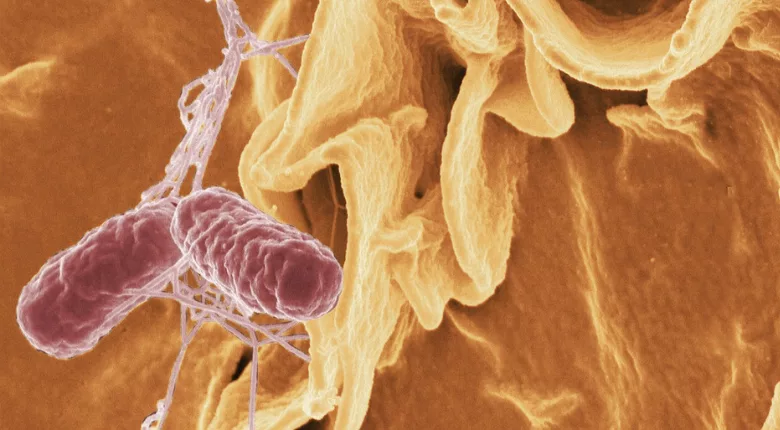New Insights About Salmonella Interactions With Environmental Biofilms May Lead to Better Food Safety Strategies

Image credit: WikiImages via Pixabay
Scientists from the U.S. Department of Agriculture’s Agricultural Research Service (USDA’s ARS) have provided new insight into the ability of Salmonella to survive and adapt in food processing facilities through interactions with environmental biofilms. Unlike previous research that focuses primarily on single-species biofilms, the ARS project explores the more complex and realistic scenario where foodborne pathogens coexist with a multitude of environmental microorganisms in intricate, mixed biofilms.
The study reinforces that Salmonella’s ability to interact in diverse biofilms improves its stress tolerance, lending to the pathogen’s ability to colonize food contact surfaces, outcompete resident microorganisms, and resist sanitizers. The research represents the first step in explaining the science of real-world interactions between foodborne pathogens and biofilms, providing insights that can help inform enhanced food safety practices.
Although additional studies will be required to optimize food safety strategies informed by these findings, the groundbreaking research sheds light on the pivotal role of beneficial bacteria in the fight against foodborne pathogens. The study provides a new understanding of the role of environmental factors in shaping pathogen behavior, and shows the potential of targeting unique environmental species that can either protect or inhibit Salmonella, offering precise monitoring and intervention points.
The genetic diversity of Salmonella raises the question of whether the survival and adaptation strategies identified in the ARS study are applicable to other foodborne bacteria with similar diversity. Preliminary findings suggest that pathogens other than Salmonella may behave similarly when navigating the environment and interacting with other species.
Ongoing research will explore how environmental microbiomes influence the tolerance and survival of various foodborne pathogens, as well as the association between environmental microbial communities and pathogen prevalence, the microbial ecology within meat processing environments, and the complex interactions within pathogen-environmental biofilms.
Looking for quick answers on food safety topics?
Try Ask FSM, our new smart AI search tool.
Ask FSM →









